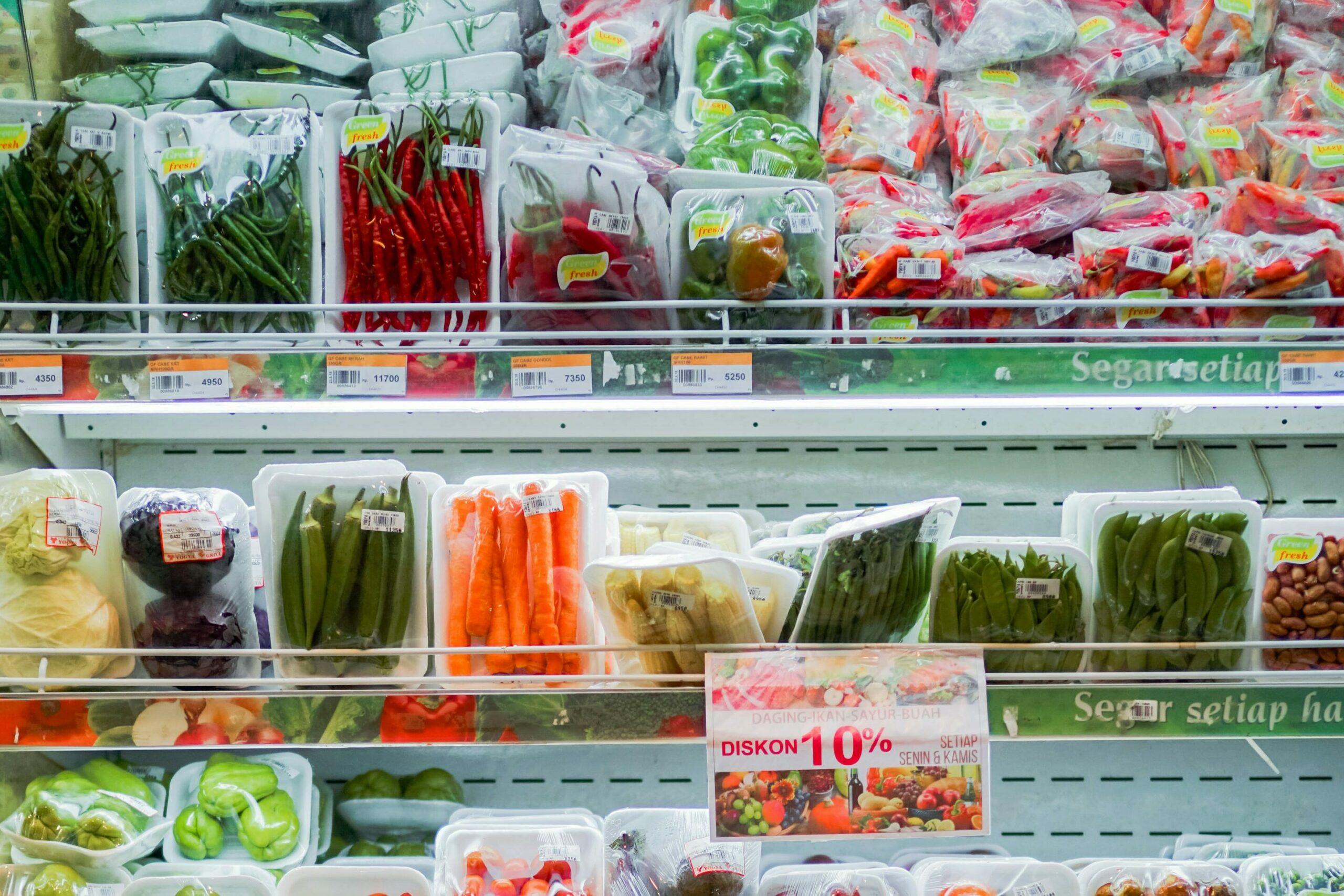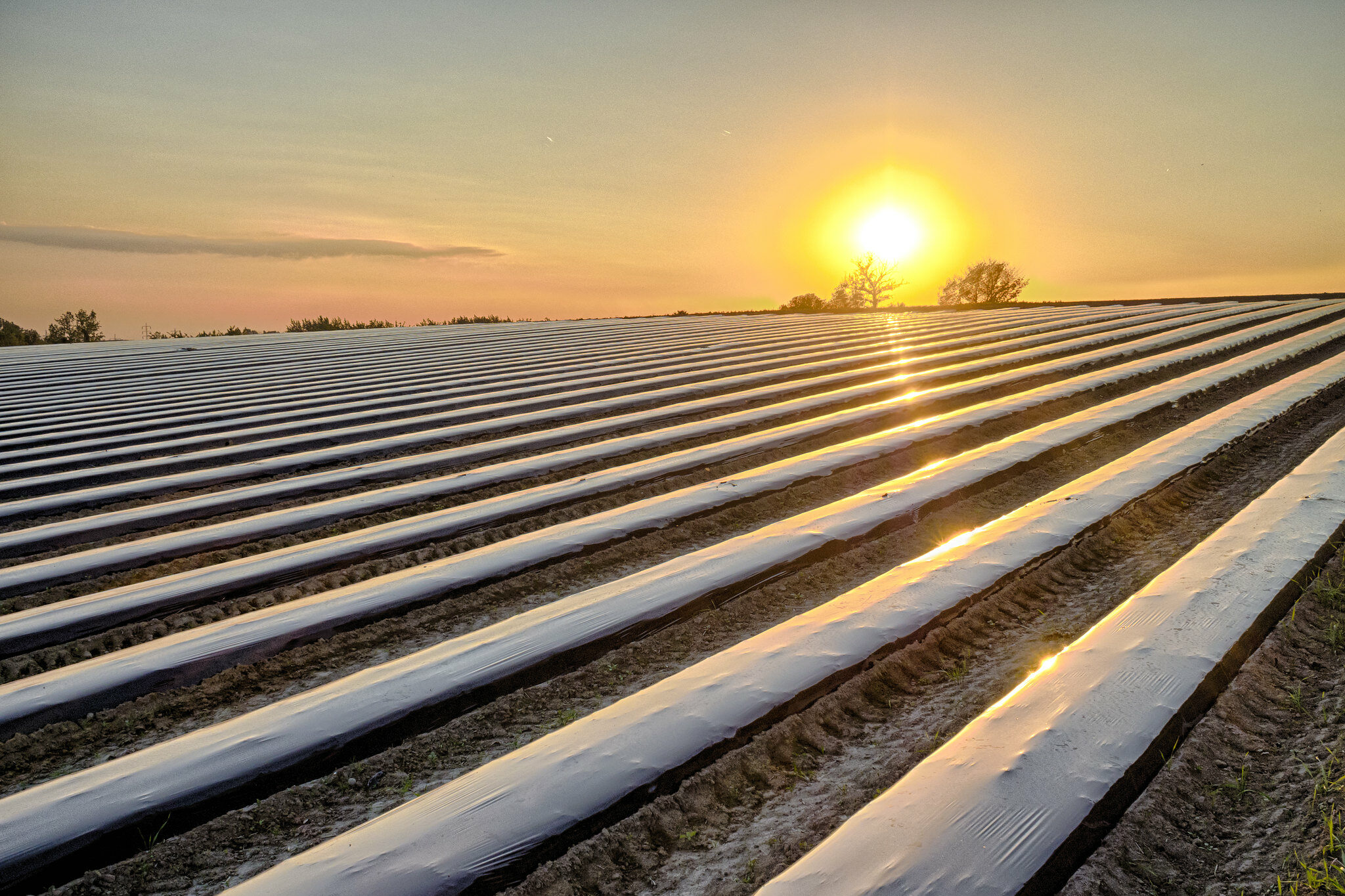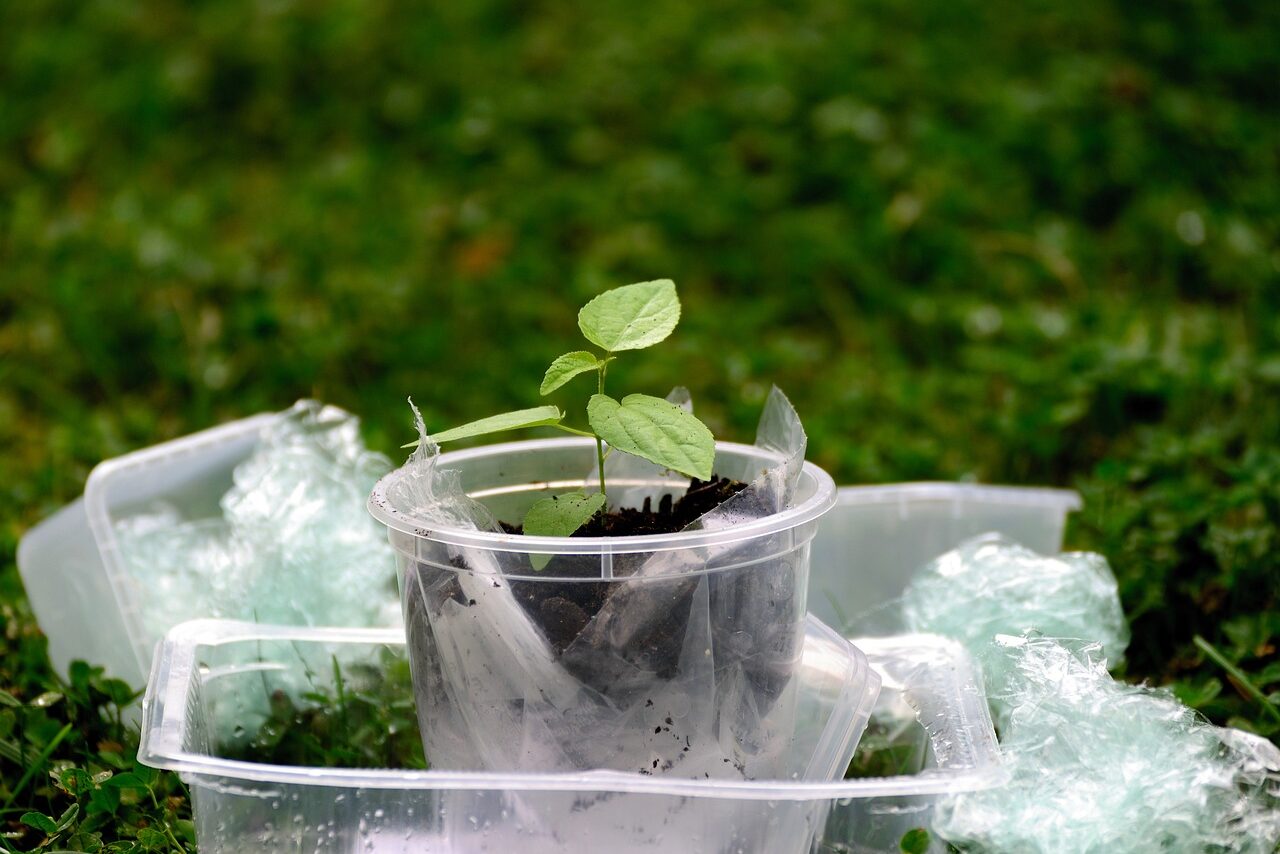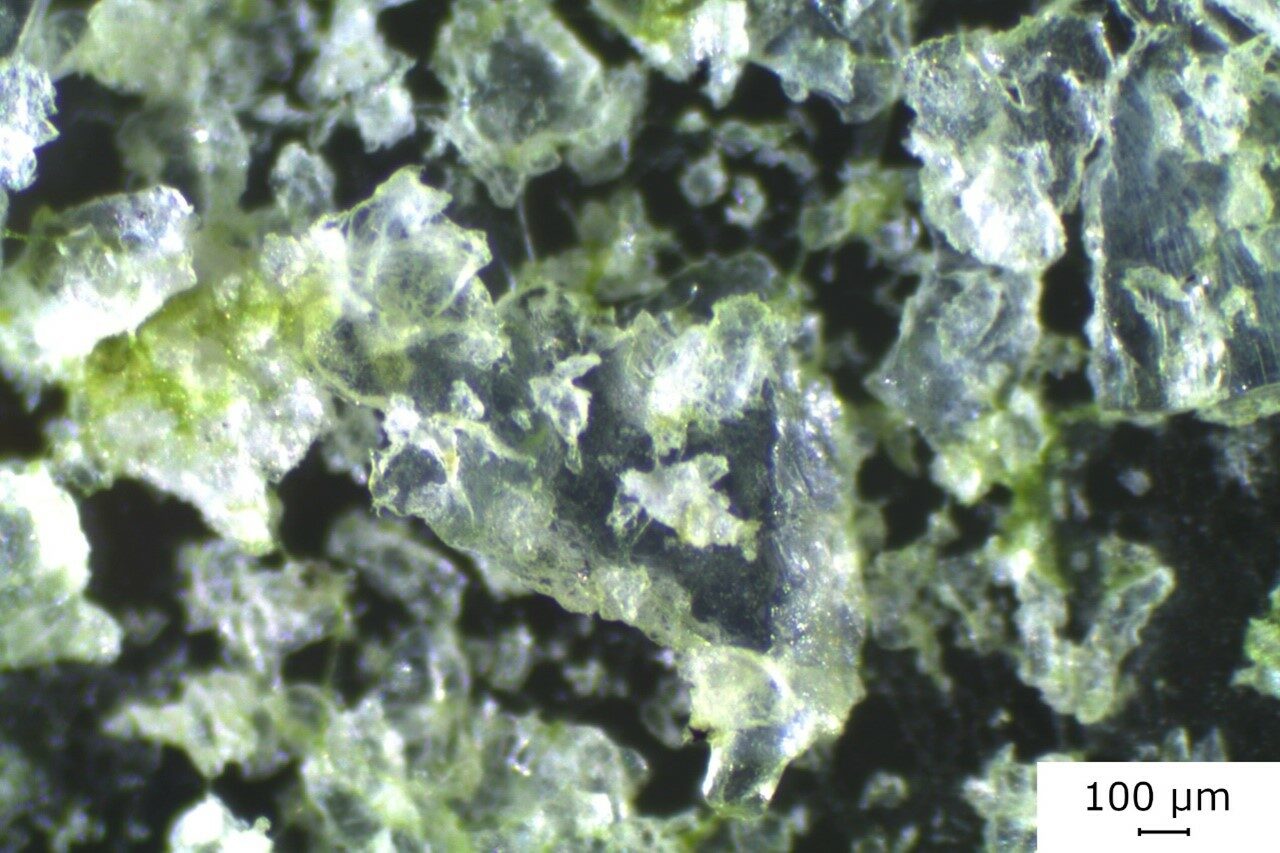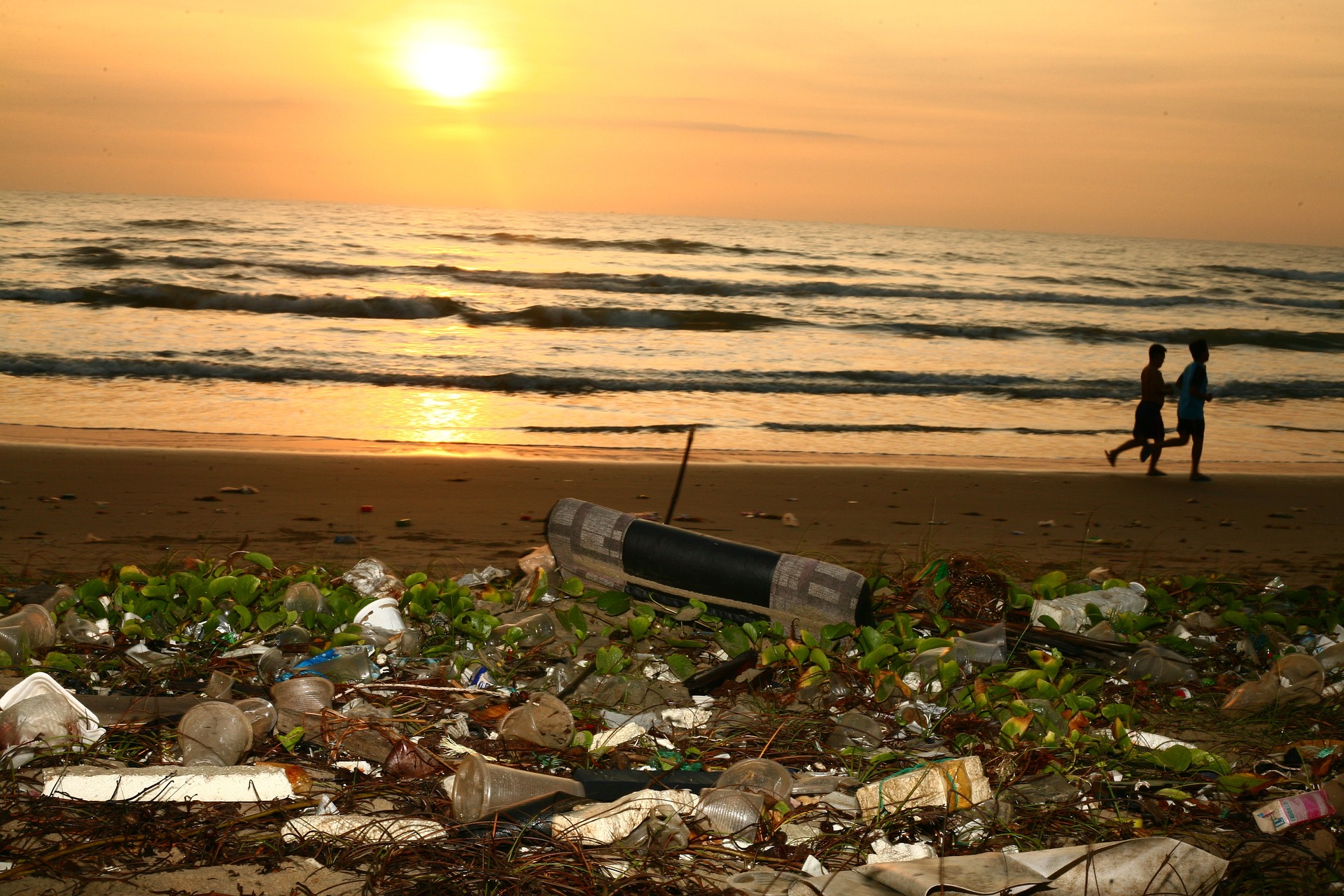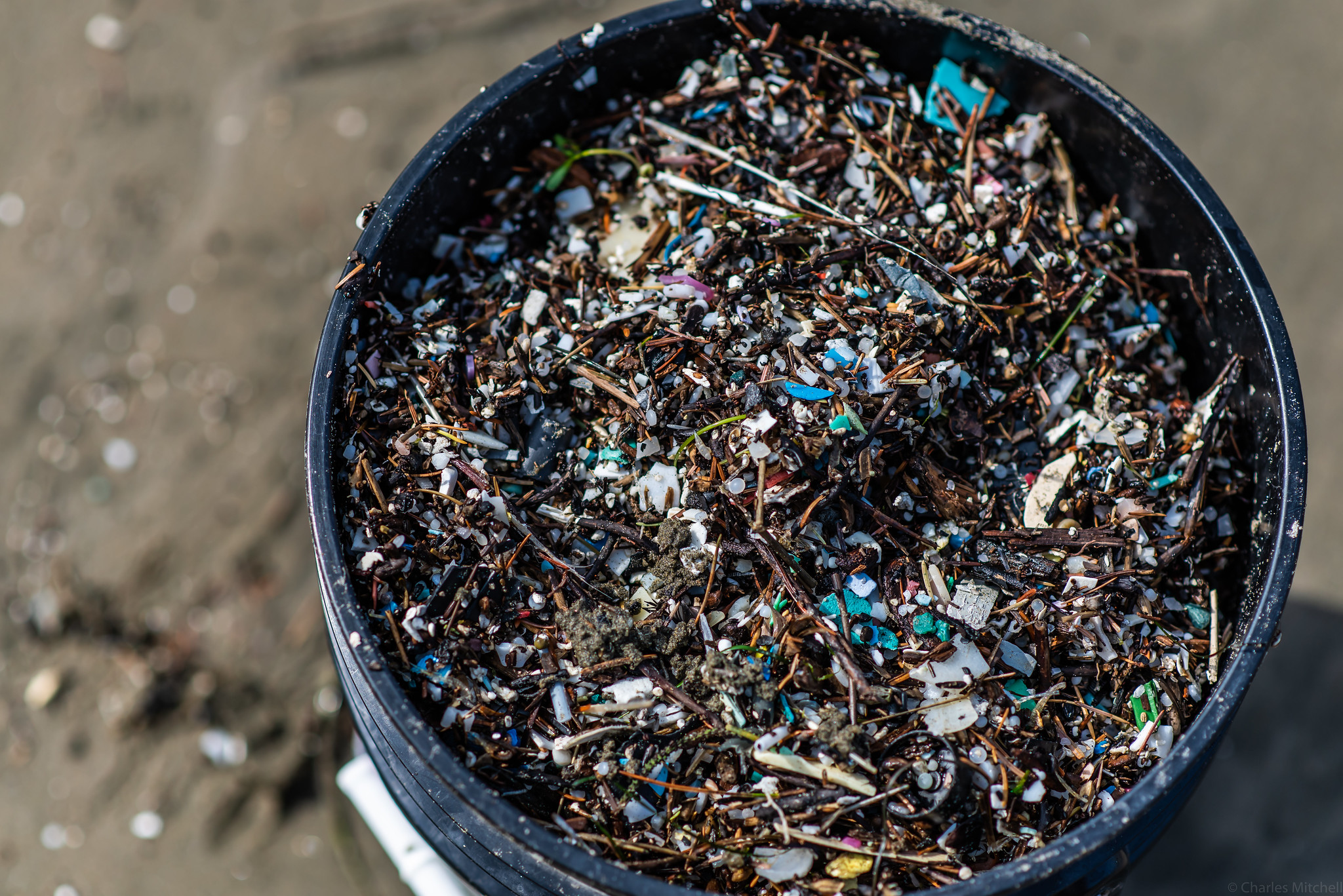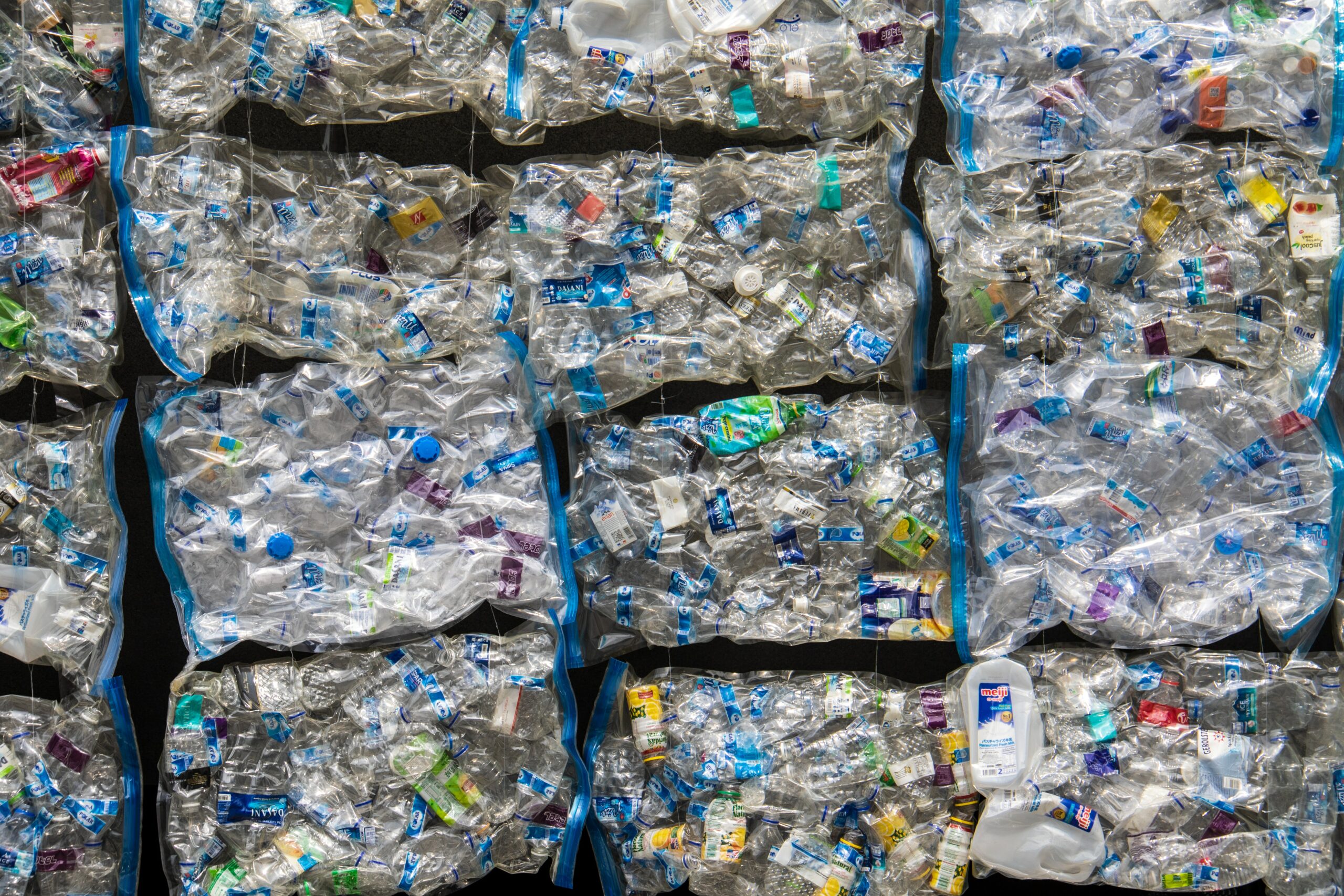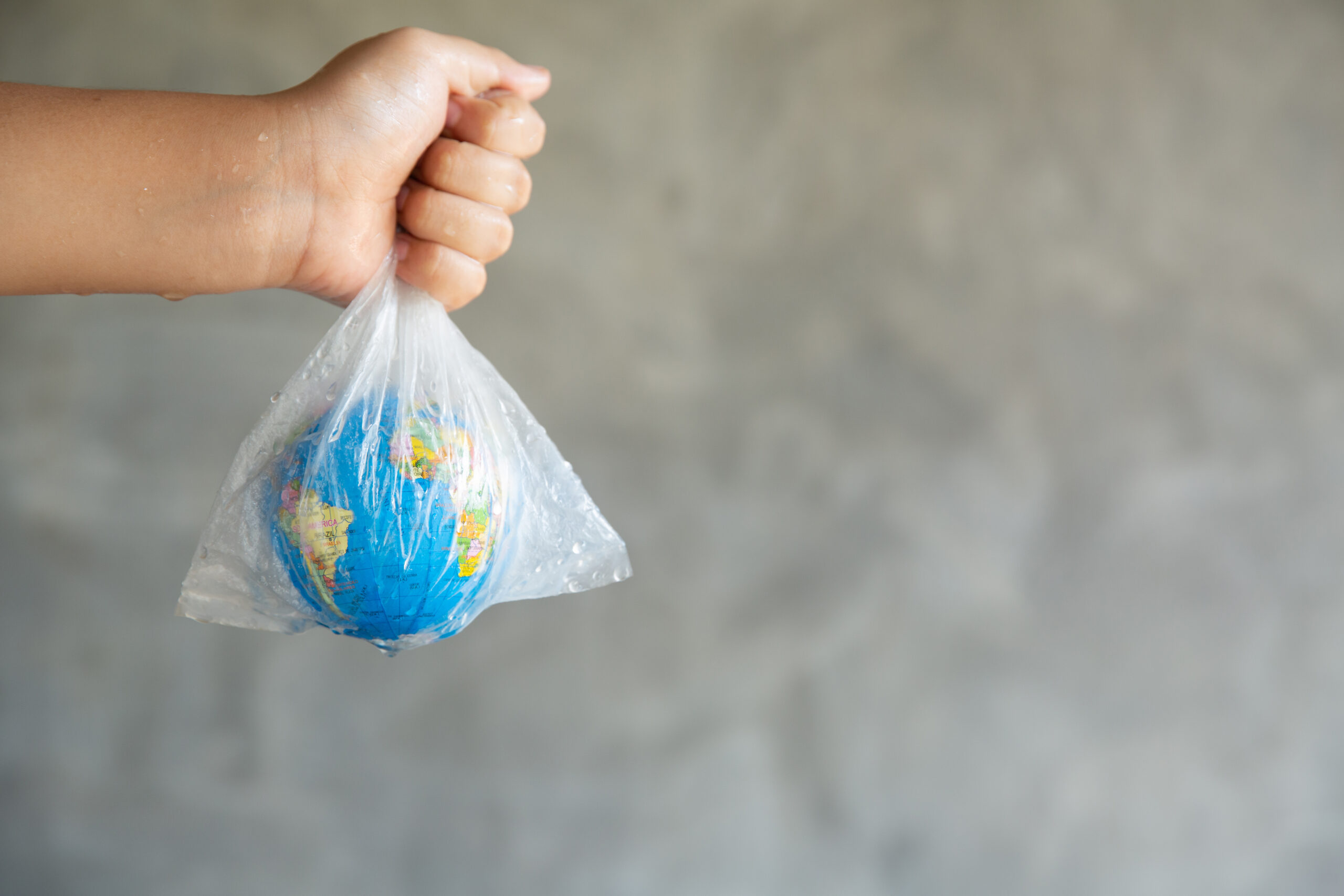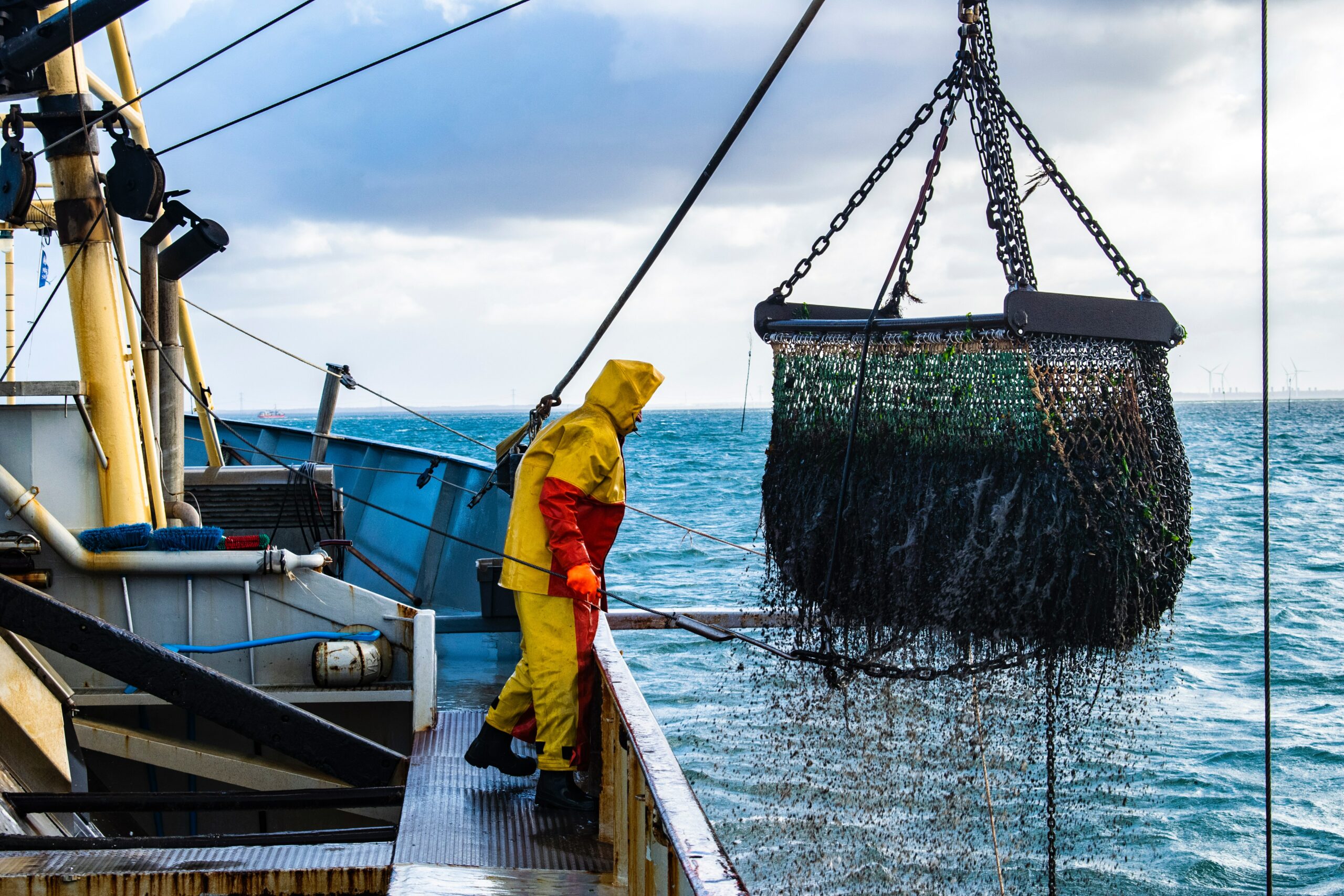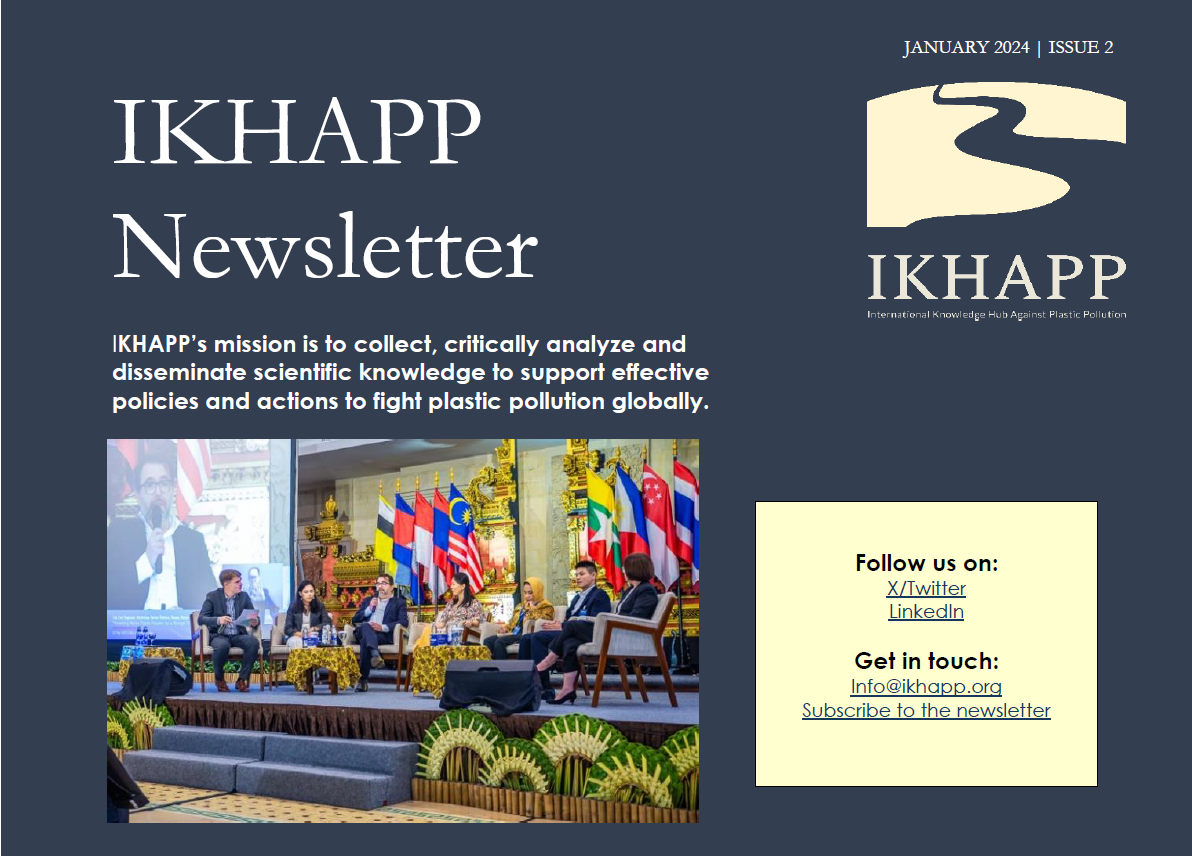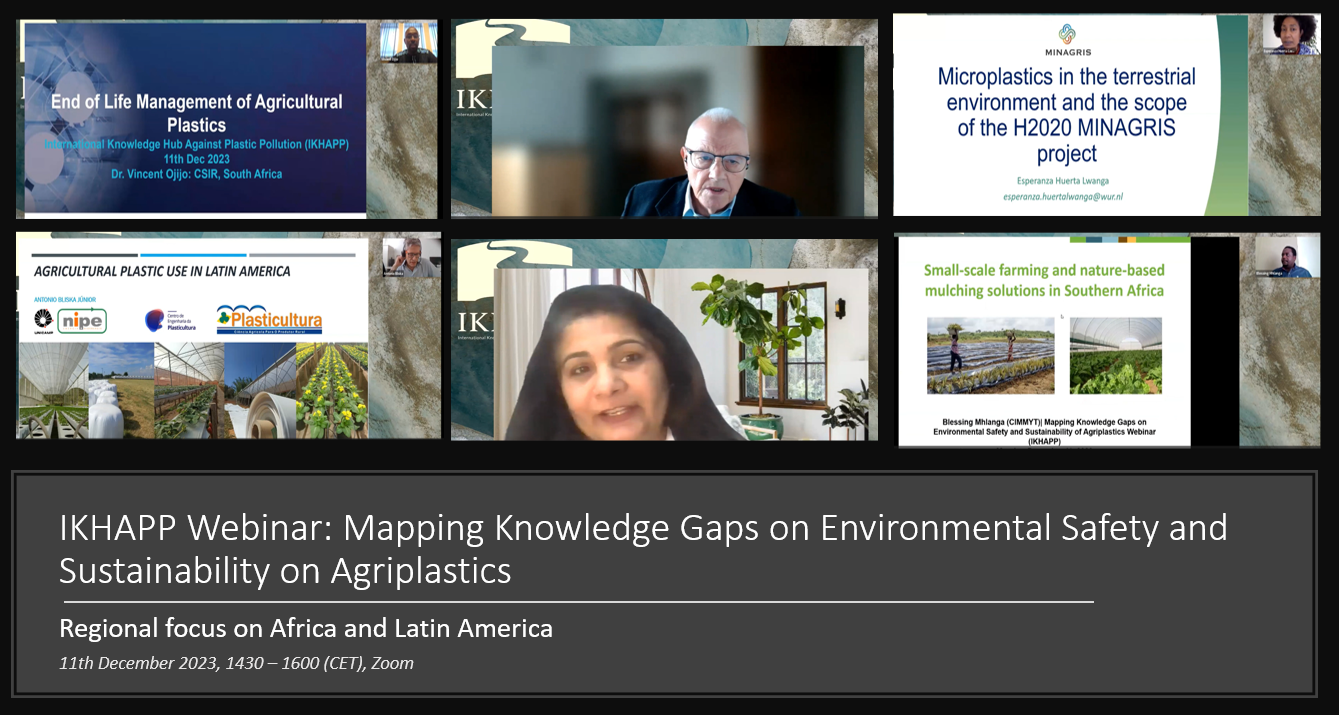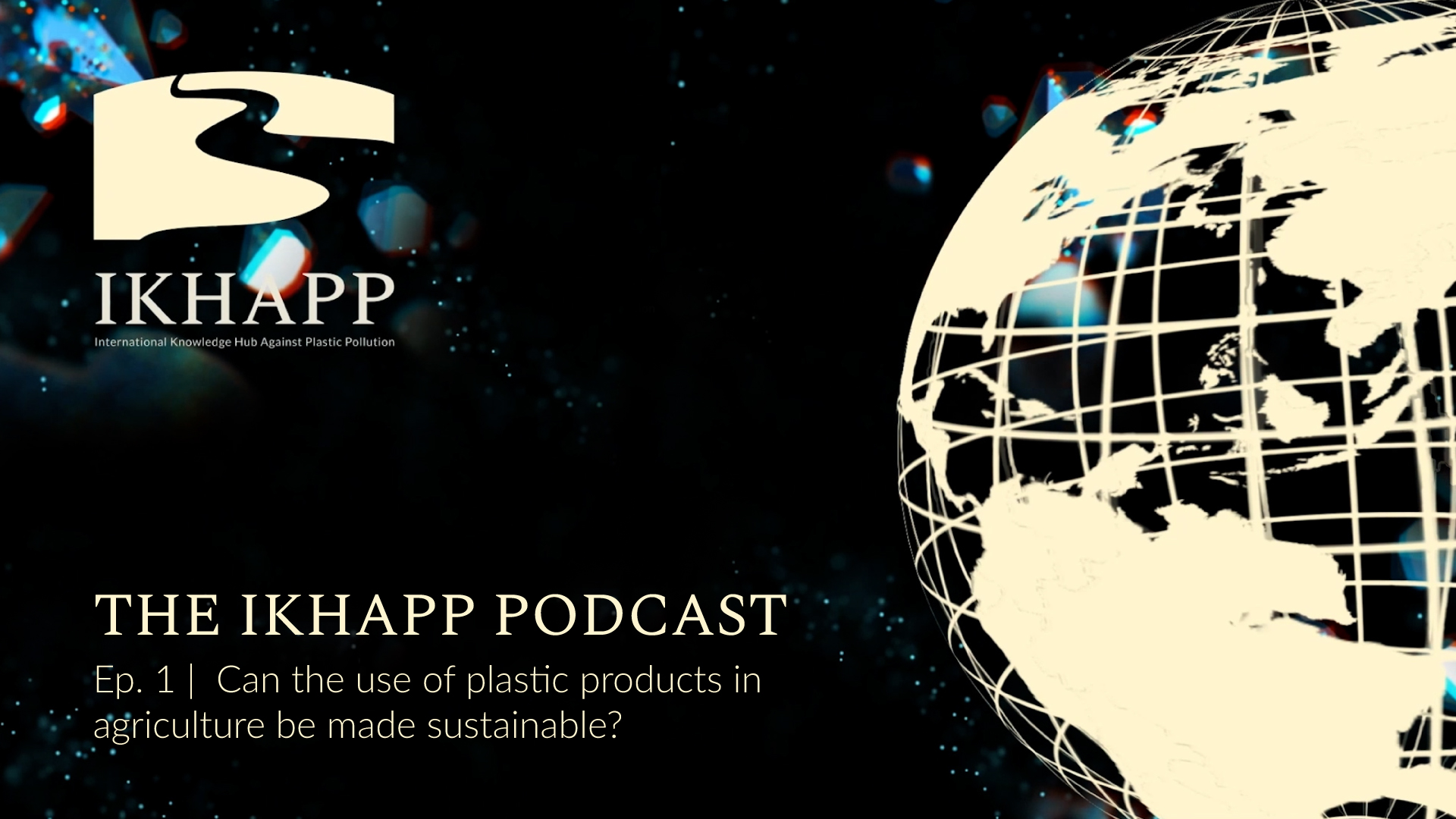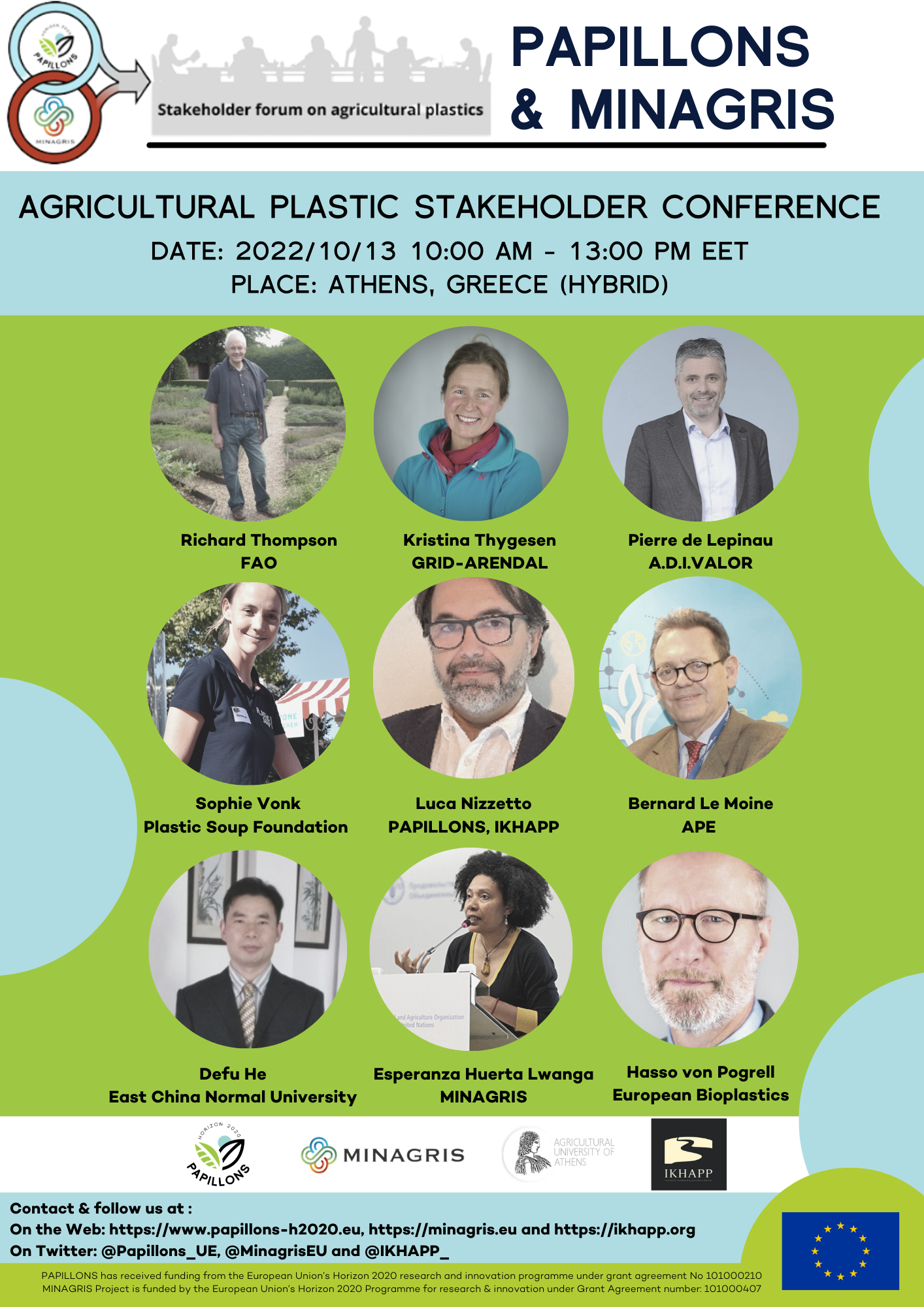Global agricultural value chains have utilised approximately 50 million tons of plastic, according to FAO. Almost half of global usage happens in Asian countries and without suitable substitutes, the demand for plastic in agriculture continues to grow. Plastic can improve the longevity and productivity of plants, seedlings and saplings when used as protective covers and tree guards. However, only a small percentage of agricultural plastics are collected and recycled, specifically in developing countries. The composition of polymers and additives in plastic makes the sorting and recycling process difficult. In some regions, plastics are burnt, landfilled, or buried, worsening the climate change problem. Agricultural plastics can also harm the marine environment when damaged or discarded incorrectly, through physical, chemical, and biological effects. The upcoming global treaty on plastic pollution aims to build guidelines and frameworks for agricultural plastic management initiatives. It is necessary to improve awareness, share knowledge and encourage discussions on ways to decrease plastic contamination of soil and the harmful impact of agricultural plastics on the environment.
